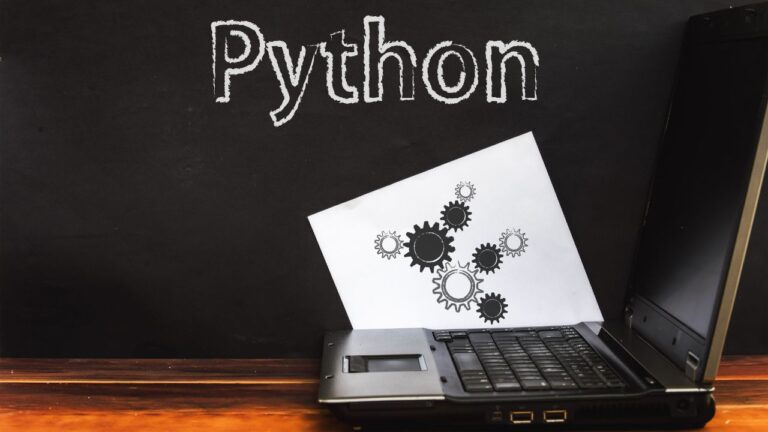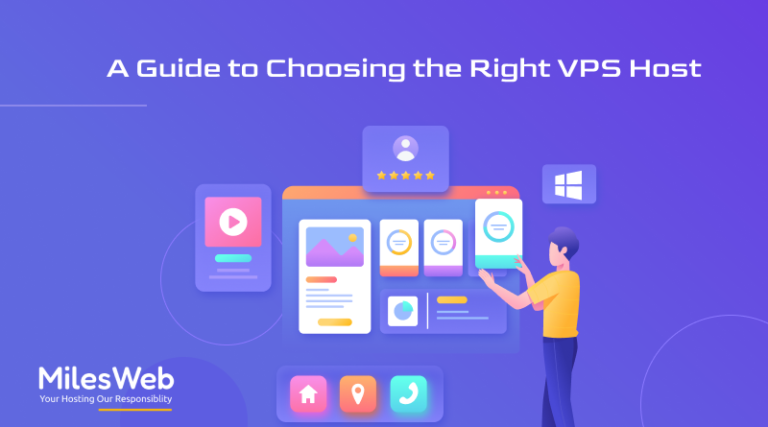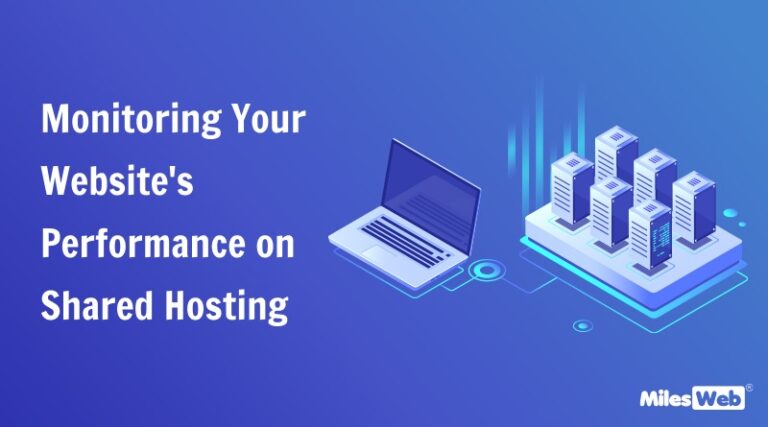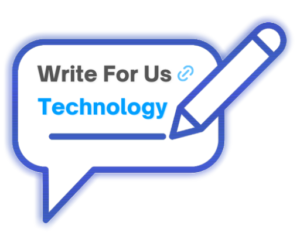Data visualization is an essential skill for anyone working with data, allowing insights to be communicated effectively and complex datasets to be understood at a glance. Python’s extensive library ecosystem would provide robust tools for crafting diverse and powerful visualizations. In web development, leveraging these tools can significantly enhance data-driven projects, providing clear and compelling visual representations of data. This article explores the key tools and techniques for data visualization with Python.
Why Data Visualization Matters
Data visualization plays a critical role in interpreting and presenting data. It reveals patterns, trends, and anomalies which may not be immediately visible in unprocessed data. Effective visualizations can simplify complex data, making it more accessible and understandable for decision-makers. For a web development company in Bangalore, mastering data visualization can improve client deliverables, from analytical reports to interactive dashboards.
Key Tools for Data Visualization in Python
Python offers several libraries that cater to different aspects of data visualization. Few of the most widely used and robust tools include:
1. Matplotlib
Matplotlib is one of the oldest and most widely used Python libraries for data visualization. It provides a foundation for creating static, interactive, and animated visualizations in Python. Matplotlib offers extensive customization options, enabling developers to produce a diverse array of charts and graphs.
2. Seaborn
Built on top of Matplotlib, Seaborn is designed to make statistical data visualization more accessible. It helps by providing an intuitive platform for crafting attractive and insightful statistical visualizations. Seaborn is particularly useful for visualizing complex datasets and relationships between variables.
3. Plotly
Plotly is an interactive graphing library that offers a wide range of chart types. It allows for the creation of web-based interactive visualizations that can be embedded in web applications. Plotly supports a variety of charts, including scatter plots, line charts, bar charts, and 3D graphs.
4. Bokeh
Bokeh is another interactive visualization library that focuses on creating visually appealing plots and dashboards. It is well-suited for building complex visualizations that require interactivity, such as web applications and dashboards.
5. Altair
Altair is a statistical visualization library that uses a declarative approach to make creating complex visualizations straightforward and intuitive. It is built on the Vega and Vega-Lite visualization grammars and emphasizes simplicity and expressiveness.
Techniques for Effective Data Visualization
To create effective data visualizations, it’s important to follow best practices and choose the right techniques based on the data and the message you want to convey. Here are some key techniques:
1. Choosing the Right Chart Type
Choosing the right chart type is essential for accurately depicting the data. Common chart types include:
- Bar Charts: Useful for comparing categorical data.
- Line Charts: Perfect for depicting changes and patterns over extended periods.
- Scatter Plots: Effective for visualizing relationships between two variables.
- Pie Charts: Suitable for showing proportions, though often better alternatives exist.
- Histograms: Great for displaying the distribution of a dataset.
2. Simplifying the Visual
Cluttered and overly complex visuals can confuse rather than clarify. Aim for simplicity by removing unnecessary elements, such as excessive grid lines or redundant labels. Use colors and shapes sparingly to highlight important data points.
3. Using Color Wisely
Color can enhance a visualization by drawing attention to key areas, but it can also mislead if used incorrectly. Use color consistently and consider colorblind-friendly palettes. Avoid an excess of colors, as it can overwhelm the viewer.
4. Adding Context with Annotations
Annotations can provide context and additional information directly within the visualization. This can include labels, notes, or markers that highlight significant data points or trends. Annotations help the viewer quickly grasp the key insights.
5. Ensuring Interactivity
Interactive visualizations allow users to explore the data by zooming, filtering, and hovering over data points. This can make the visualization more engaging and informative. Tools like Plotly and Bokeh are excellent for creating interactive visualizations.
6. Incorporating Multiple Views
Sometimes, a single visualization cannot capture all aspects of the data. Combining multiple views, such as small multiples or linked visualizations, can provide a more comprehensive understanding. For example, pairing a bar chart with a line chart can show both distribution and trends.
Example: Visualizing Data with Seaborn
Seaborn makes it easy to create attractive statistical visualizations. Here’s a simple example using Seaborn to visualize a dataset:
This code snippet loads a sample dataset and creates a scatter plot with a regression line, illustrating the relationship between total bill and tip amounts in a restaurant.
Conclusion
Data visualization is a powerful tool for making data more understandable and actionable. By leveraging Python’s rich ecosystem of visualization libraries, a web development company in Bangalore can create compelling and insightful visualizations. Tools like Matplotlib, Seaborn, Plotly, Bokeh, and Altair offer diverse functionalities suited for various visualization needs.
Applying best practices such as choosing the right chart type, simplifying visuals, using color wisely, adding context with annotations, ensuring interactivity, and incorporating multiple views can enhance the effectiveness of your visualizations. Mastering these tools and techniques will enable developers to communicate complex data clearly and effectively, providing valuable insights to clients and stakeholders.









